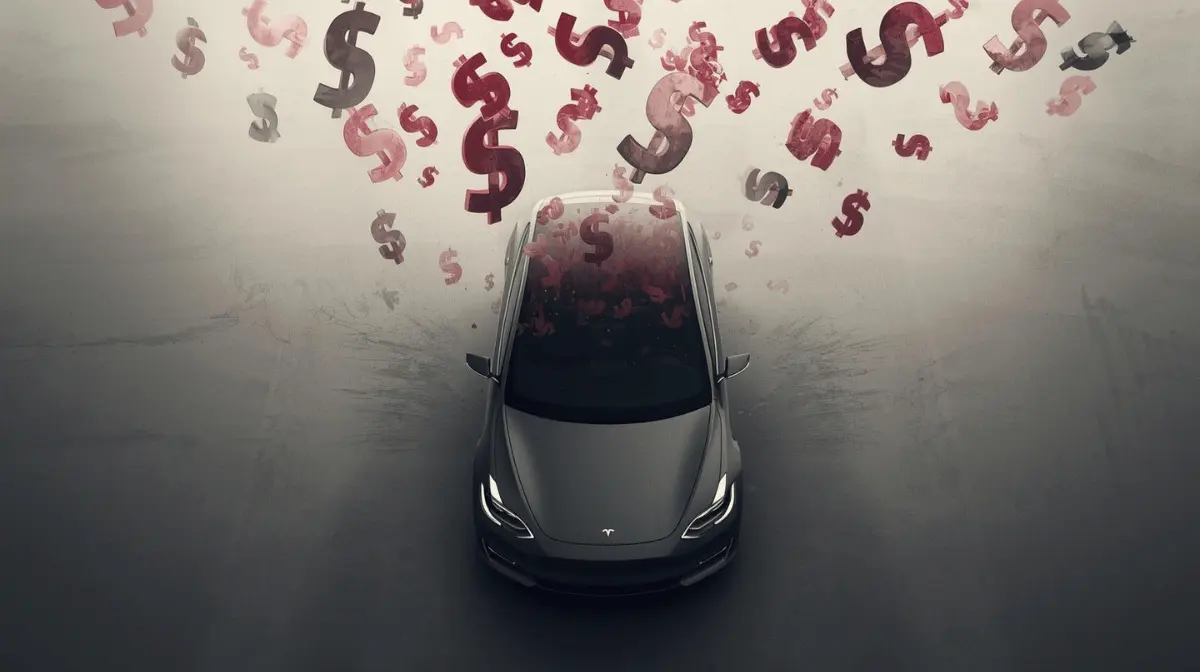The used EV market can feel like the Wild West, especially for some of us shoppers in the Midwest. But some smart dealerships, like Ron Marhofer Auto Family in Ohio, are turning market chaos into opportunity.
Jay Clark runs one of the largest used-EV operations in the Midwest, selling hundreds of EVs each year across six stores representing brands like Hyundai, Nissan, Chevrolet, and Buick GMC. His experience offers a rare inside look at what’s really happening behind the scenes as the EV market resets after the end of federal tax credits, and what that means for everyday buyers.
1. From California to Ohio: Lessons from Two Different EV Worlds
Jay Clark’s first EV was a Chevy Bolt, bought “super cheap” when he lived in California. There, charging stations were plentiful, and the state’s appetite for electric cars was unmatched. When a recruiter offered him the same job and salary to move back to Ohio, the transition revealed a stark contrast.
“In California, everyone knew how to sell an EV. In Ohio, people were scared of them,” Clark said. “But I saw what was coming. I knew how to make them work.”
His strategy paid off. What started as a cautious trial of a few Teslas quickly snowballed into Marhofer Auto Family becoming the top EV retailer in their market. The secret? Treating EVs like a core part of the business, not a novelty.
2. When Dealers Zigged, He Zagged
In 2024, many dealerships were weary with used EV tax credits. Clark went the other way.
“The people who understood how the credits worked made a lot of money,” he said. “We adjusted fast, but we didn’t run away.”
While other stores dumped their EVs, Marhofer tightened inventory discipline. They stuck to one-owner cars under $25,000, focused on models with strong service networks, and priced transparently, advertising the net cost after the incentive right in the description. That clarity built shopper trust, and attracted buyers from across the region.
“Forty percent of our EV customers come from out of state,” Clark noted. “We’re talking people driving in from Buffalo, Philadelphia, Detroit, and West Virginia.”
3. The New Rules for 2026: More Used EVs Than Ever
Clark and EV Insider host Scott Case agreed on one big prediction: the flood of used EVs is just beginning. Roughly 400,000 off-lease EVs will hit the U.S. wholesale market in 2026 — nearly double this year’s total. For shoppers, that means better selection and, in many cases, falling prices.
“Next year’s going to be the big one,” Clark said. “You’re going to see so many more EVs at auction and in retail lots. Dealers that don’t adapt are going to get left behind.”
That surge is largely driven by leases ending on popular models that, for the first time, are becoming attainable to used-car buyers.
4. The Smart Shopper’s Advantage in the Post-Credit Market
With new-EV rebates gone, Clark argues that now may actually be the best time for well-qualified buyers to shop used.
“If you make over $75,000, you didn’t qualify for the used-EV credit anyway,” he said. “So right now, you’re probably getting a better deal than before — prices are down, and supply is up.”
He’s not exaggerating. Since automakers dropped new-car MSRPs by thousands to offset lost incentives, used prices followed. At recent auctions, Clark bought 2023 Ioniq 5s for as low as $19,000, a price that would have been unthinkable a year ago.
His strategy now is simple: buy smart, price to sell, and move cars within 50 days. “EVs take less reconditioning than gas cars — no oil changes, fewer moving parts — so we can be aggressive,” he explained.
5. What Buyers Should Look for in a Used EV
From a dealer who’s appraised thousands of electric cars, Clark’s advice to shoppers boils down to a few practical tips:
- Trade before the warranty ends. “Dealers pay more when there’s still factory warranty left,” Clark said. “If a repair comes up, it’s covered — so your trade is worth more.”
- Ask about battery health. Platforms like Recurrent are making battery data available to dealers and buyers alike. “If I know a car’s battery has 98% capacity versus 93%, I’ll pay more for it — and you should too,” Clark said.
- Don’t fear the mileage. Most EV batteries are warrantied for 8 years or 100,000 miles (and longer in some states). Unlike gas cars, a 60,000-mile EV may still perform like new.
- Know where you’ll charge. “The top question from shoppers is always, ‘Where am I going to plug it in?’” Clark said. That’s changing fast. With nearly every automaker joining the Tesla Supercharger network by 2026, long-distance charging will soon be a non-issue.
6. Inside the Dealer Playbook: How EV-Friendly Stores Win
Marhofer’s success wasn’t just about timing — it was about commitment. “You can’t be the go-to EV store with two or three cars on the lot,” Clark said. “We stock variety — Model 3s, Model Ys, Ioniq 5s, Genesis, Bolts — and we have chargers onsite. You need both.”
That inventory depth and charging infrastructure earned them a reputation across the Midwest. It’s not just local buyers who notice. As Clark put it: “If someone’s willing to drive 500 miles for the exact EV they want, they’ll find us.”
7. The Road Ahead: Transparency Builds Trust
As 2026 approaches, shoppers entering the used-EV market have more information and more leverage than ever — but also more noise. That’s where data and transparency matter.
Clark believes tools like battery reports will reshape pricing and trust. “The more information both sides have, the better it is for everyone,” he said.
And that’s exactly the role Recurrent and EV Insider aim to play: bridging the gap between shoppers and dealers through real-world insights, verified data, and honest conversations.
“If you’re not in the EV game yet,” Clark added with a grin, “now’s the time. Just maybe not in Cleveland — because I’m already here.”





